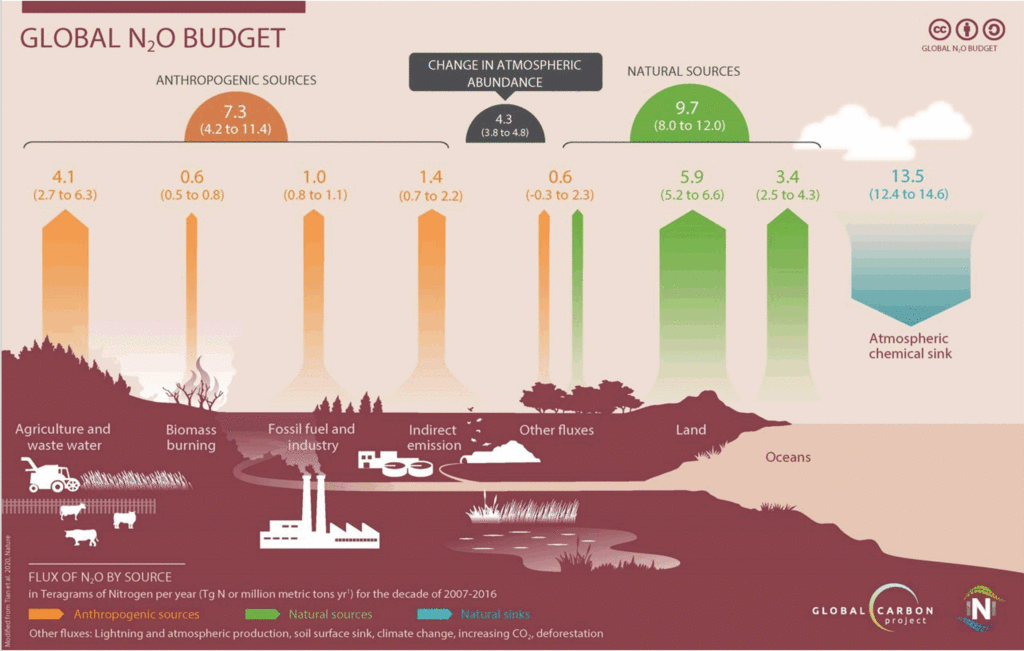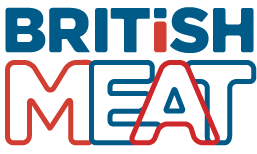Environment
Studies show carbon footprint of ruminants is 5-10% lower than previously thought
By order of importance nitrous oxide (N2O) is the third most important greenhouse gas (GHG) responsible for global warming after carbon dioxide and methane. It is a long-lived gas that accumulates in the atmosphere. Over the past 150 years, increasing atmospheric nitrous oxide concentrations have contributed to ozone depletion and climate change, with the current rate of increase estimated at 2 per cent per decade.
A seminal research paper published in Nature this October1 sheds new light on nitrous oxide anthropogenic emissions including the contribution of arable and animal agriculture. New data is also at last quantifying the emissions of livestock, thus replacing the approximations currently widely used.
Sizing up the issue
The international project reported in Nature is truly remarkable in its scope. For five years, 57 scientists from Europe, China, Japan, USA and Australia have collaborated in quantifying nitrous oxide emissions with the help the supercomputers of the French meteorological services.
As shown by the figure below, the fluxes of nitrous oxide emissions and absorption are complex and out of balance with the natural order. Agriculture is the largest single source including the use of synthetic nitrogen fertilizers, manure and aquaculture.

The report singles out India, China and Brazil as the main three contributors for the rise of nitrous oxide emissions. The blame lays with the increased use of nitrogen fertilizers in Asia and the increased livestock production in Brazil. In contrast, Europe is the only part of the world where emissions have decreased markedly. This fall is linked with the more restrained used of fertilisers on arable land and pastures as well as improved manure management.
Of course, more needs to be done in the UK and Europe as a whole and a renewed effort is needed by all, but the positive direction of travel is clear to see.
Quantifying livestock emissions
A comprehensive study of the nitrogen released in the atmosphere from sources such as urine, dung and fertilisers in New Zealand using a meta-analysis of 1,200 factors and 139 field experiments2 has led to the reappraisal of the emissions from ruminants. The contribution of sheep excreta was reduced by two thirds and beef by one third against current values. This, in turn, means that the total sheep GHG emissions are 10.6% lower than their previous estimation and beef cattle 5.0% lower.
A study led by Rothampsted Research in Devon3 has also led to a reappraisal of the contribution of ruminants to nitrous oxide emissions. The results stress the importance of soil, pasture, microbiome and ruminant interactions. They show that white clover could be used in pastures in a “close system” where nitrogen flows from soil to forage to cattle and back to soil without the use of artificial fertiliser or other nitrogen input.
Objectivity is key
These three important studies highlight the importance of metrics in assessing objectively the impact of beef and sheep meat on global warming. Indeed, an objective evaluation always beats a prejudiced castigation.
References:
1 Tian, H; Xu, R.; Canadell, G. et al. (2020) A comprehensive quantification of global nitrous oxide sources and sinks. Nature, 586 : 248-256.
2 AgResarch (2020) Hill country farm emissions drop. Report, 17 March, www.agresearch.nz
3 McAuliffe, G.; López-Aizpún, M.; Blackwell, M. et al. (2020) Elucidating three-way interactions between soils, pasture and animals that regulate nitrous oxide emissions from temperate grazing systems. Agriculture, Ecosystems and Environment, 300 (106978).
J.P. Garnier is an independent analyst with no affiliation nor conflict of interest in the redaction of this article. Contact: jpgarnier@mwi-meat.org
